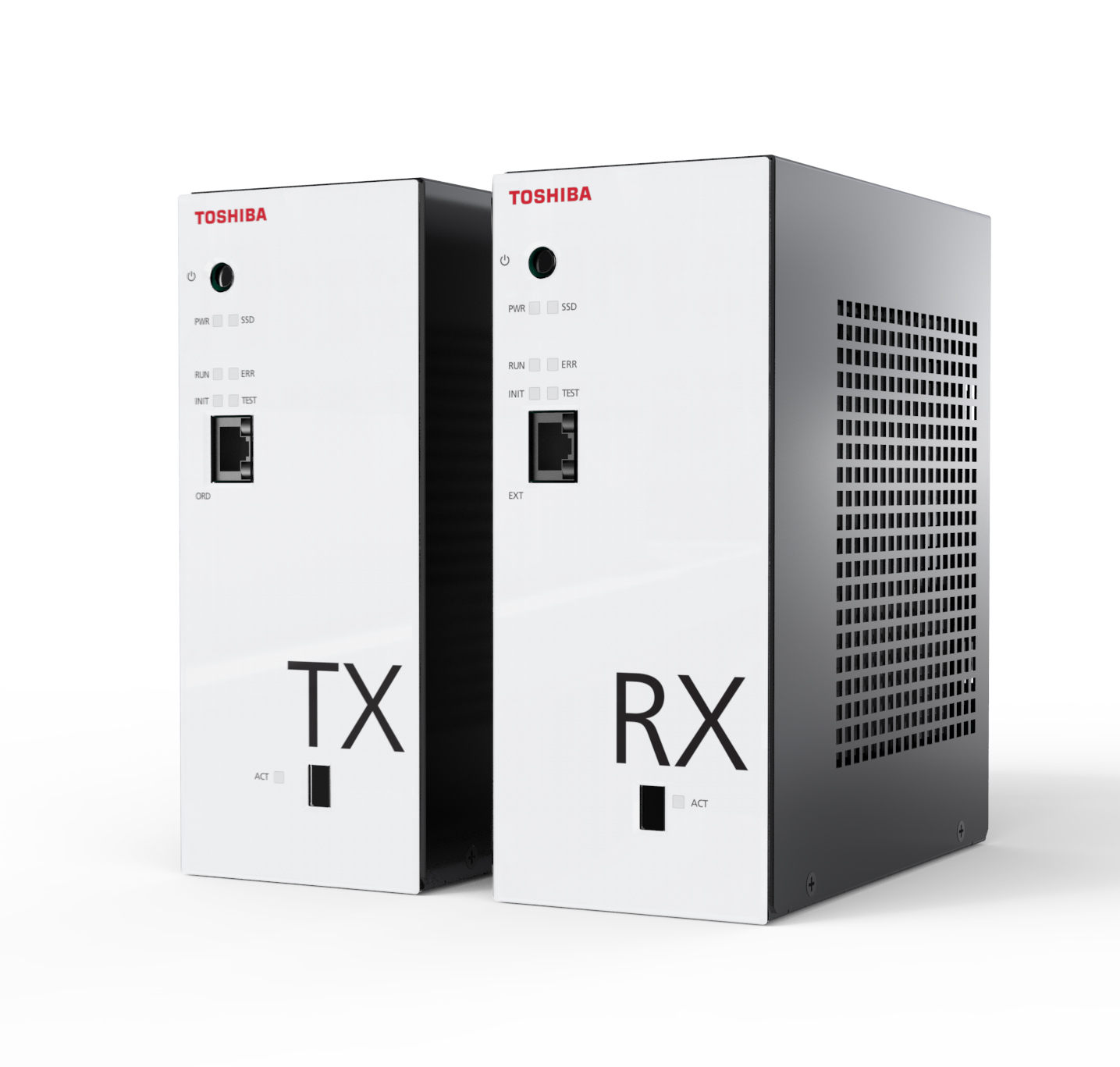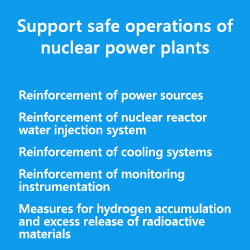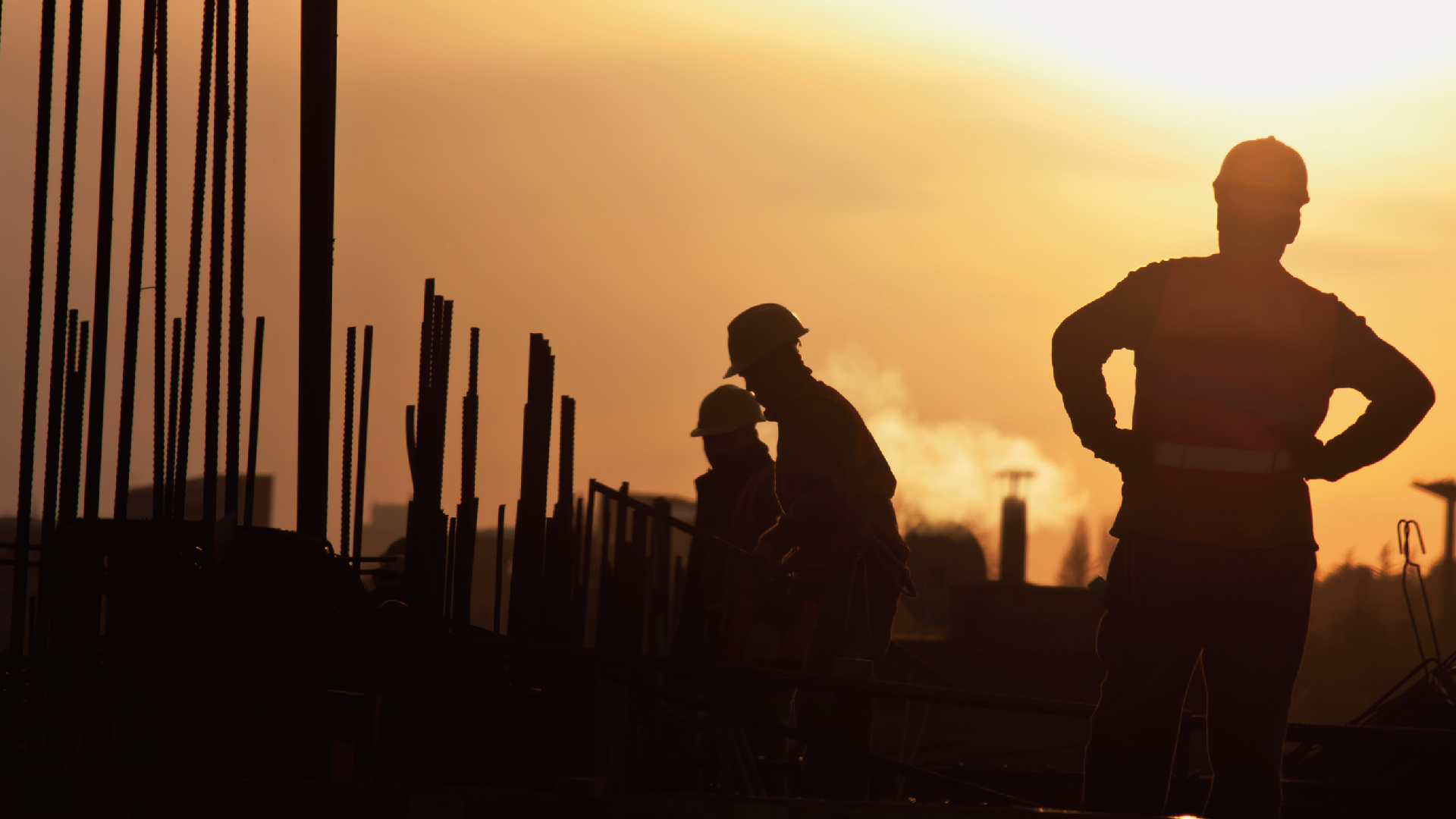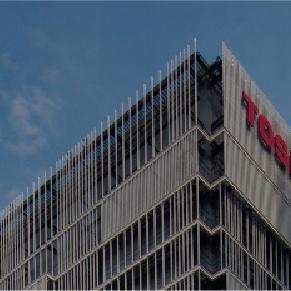Products and engineering services
Support safe operations of nuclear power plants
In the existing nuclear power plants, efforts toward safety measures in accordance with the new regulatory requirements*1, which were revised based on what we learned in the Fukushima Daiichi accident, are required in preparation for restarting.
We propose facilities to reinforce protective measures against natural disasters, such as earthquakes and tsunamis, and to reinforce facilities to respond to severe accidents, etc., and will continue to provide support to further safety.
*1 "The new regulatory requirements for the commercial nuclear power plants" according to the Nuclear Regulation Authority, and enforced on July 8, 2013.
Reinforcement of power sources
Gas turbine generator and air-cooled D/G that prevent station blackout
This power supply system is a substitute for offsite power sources and emergency power sources. It recognizes the responses to station blackout caused by common-cause failures triggered by external events, such as earthquakes and tsunamis. The gas turbine generator and air-cooled D/G (diesel generator), along with the atmospheric air cooling system, are different from conventional emergency power source, such as sea water cooling systems. This alternative can supply power to safety systems, via various cooling systems. These systems can secure the cooling function for the nuclear reactor and the nuclear reactor containment vessel.
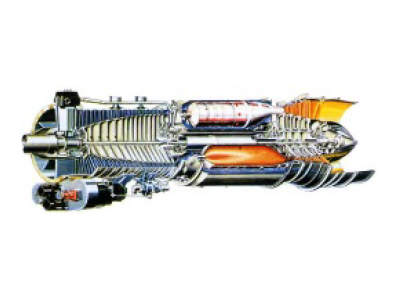
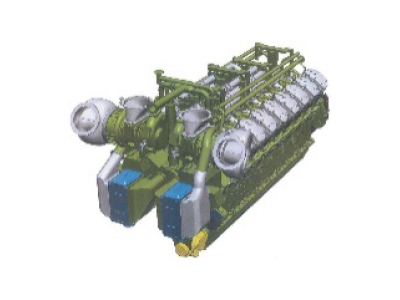
SCiB™ for an emergency backup power source
Even in the case of station blackout, this large-volume and compact storage battery can secure DC power for a longer time. These batteries can supply power to the instrumentation and control systems.
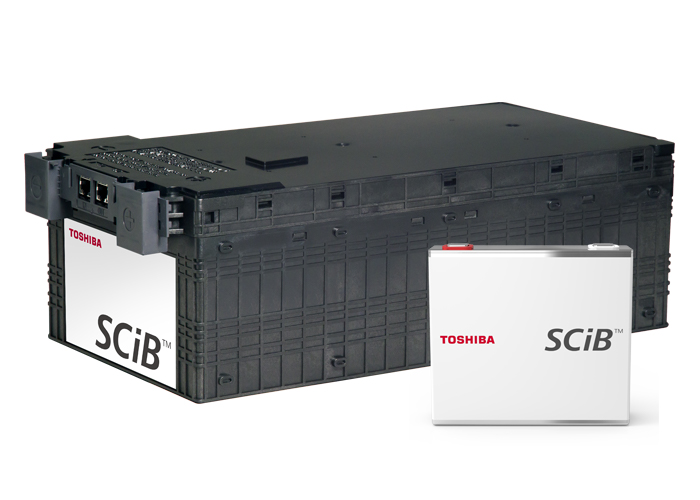
Reinforcement of nuclear reactor water injection system
High-pressure water injection system using pumps without power source
Even in the case of station blackout, this high-pressure water injection system uses a pump driven by steam from the nuclear reactor. We have developed a multiplex system to reinforce the conventional high-pressure water injection in the reactor core isolation cooling system. This system increases the level of reliability of core damage prevention.
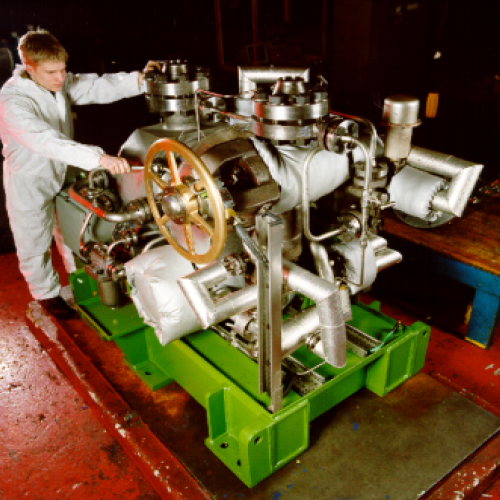
Reinforcement of cooling systems
Mobile heat exchanger in case of emergency
This is a system that can substitute for the nuclear reactor auxiliary cooling system and sea water system to remove the decay heat from the nuclear reactor. When the auxiliary cooling system is not available during an emergency, we can connect the mobile heat exchanger, which supplies cooling water to the residual heat removal system. This system makes the nuclear reactor do a cold shutdown.
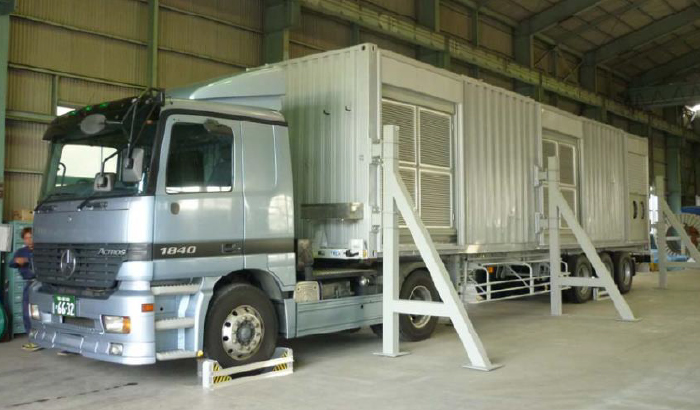
Reinforcement of monitoring instrumentation
Heat thermometer-type water level and temperature gauge for severe accidents
In case of power loss, severe accidents, etc., the spent fuel pool must be checked. The heat thermometer-type water level and temperature gauge can monitor the water level and temperature of the spent fuel pool at abnormal conditions. Even if the fuel pool cooling and purification system functions fail and the spent fuel pool boils, it can continually monitor the pool level.
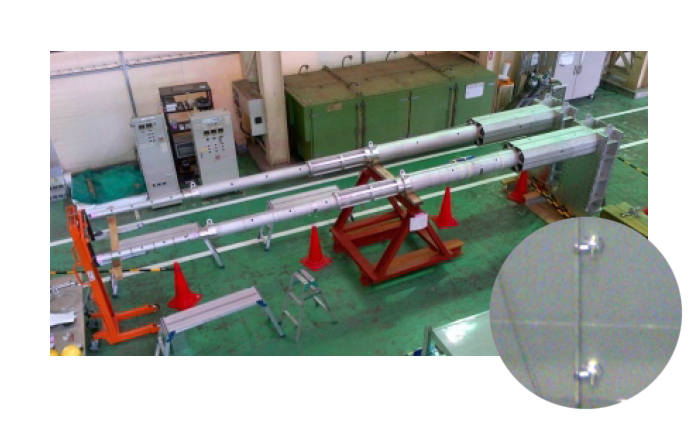
Measures for hydrogen accumulation and excess release of radioactive materials
Filter vent to absorb radioactivity
This system has a filter device to prevent damage due to the overpressure and overheating of the containment vessel, and to control the release of radioactive materials into the atmosphere, in case of severe accidents, etc.
This system reduces the pressure and temperature inside the containment vessel safely.
In addition, it can prevent damage to the containment vessel and nuclear reactor building from hydrogen explosions. The hydrogen comes from the damaged reactor core and accumulates within the containment vessel.
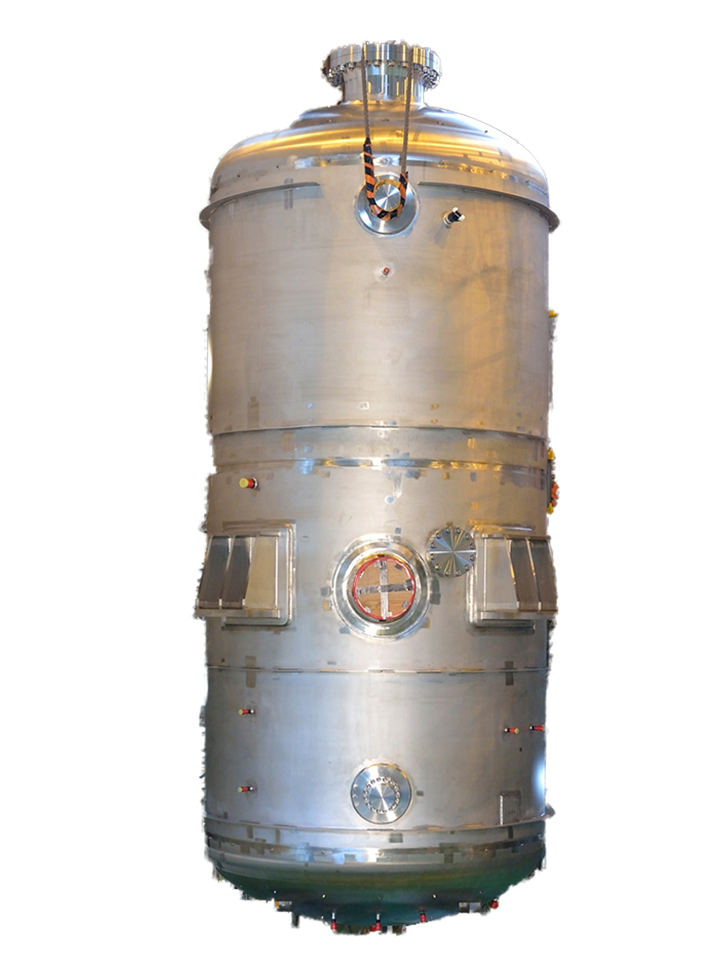
Further safety
We are continuously considering further safety improvements for equipment and facilities.
SiC core material, high temperature resistance, less hydrogen production
To prevent core meltdown, we have researched and developed new fuel-related materials. The conventional zircaloy material has a high exothermic oxidation reactivity. After reaching the meltdown temperature, it produces a massive amount of hydrogen by reacting with water. The new material not only significantly reduces the exothermic oxidation reaction compared to the zircaloy material, but also can control the production of the amount of hydrogen, allowing us to expand the safety margin in case of an accident.
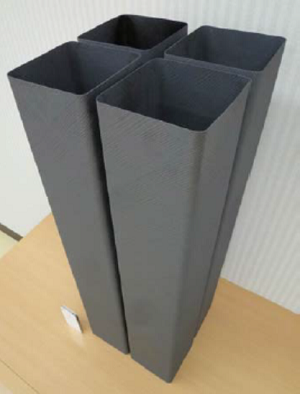
Core catcher, cooling down and solidifying the molten core
In response to the core meltdown we experienced at Fukushima Daiichi, we are developing a core catcher to entirely retain the molten core within the reactor containment vessel and cool it down in order to reduce the impact, even if the reactor core melts despite the countermeasures for preventing core melt down. This system will retain the molten core and cool it down by the natural circulation of water.
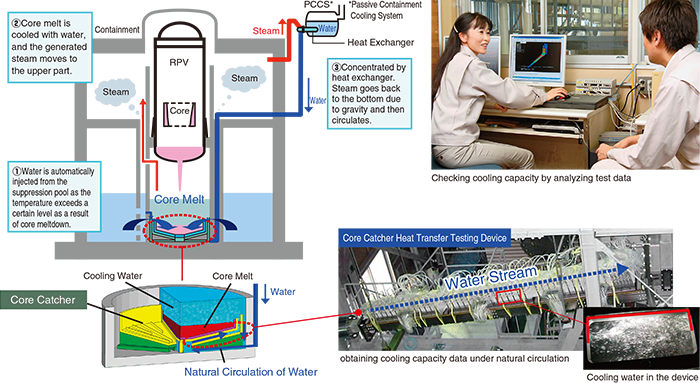
Network device for cyber security at stations
Power stations with computers (controllers) and networks require cyber security. In order to protect stations from cyber attacks, we have developed a network device that can only make one-way communication. Since information is only transmitted from the plant-side to the outside, it is difficult to hack from the reverse way. This network device has been certified with Level 2 by Achilles, which is a globally-renowned cyber security certification.
